The December PSI Drops Below Standard for the First Time in 17 Months
The Professional Survey Index (PSI) for South Korea's manufacturing sector in December recorded a significant drop to 81, marking the lowest point in two years and falling below the standard of 100 for the first time since July of the previous year. This decline indicates a worsening scenario, as a PSI above 100 suggests an improvement in the industry's situation.
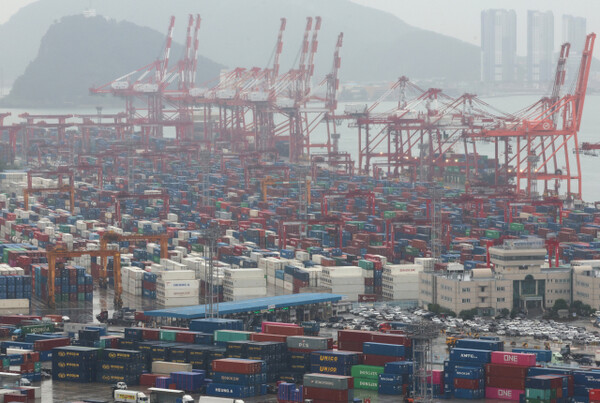
The Korea Institute for Industrial Economics and Trade (KIET) releases the index monthly, quantifying the results of a survey targeting experts in major domestic industries. However, it's important to note that this indicator is not a nationally approved statistic.
The December PSI dropped by 19 points from the previous month, the largest decline since August. All PSI figures, except for inventory, which rose to 115, were below the standard, including domestic demand (80), exports (87), production (85), investment (84), and profitability (83). Notably, exports, a crucial driver of the domestic economy, fell below the standard for the first time since February of the previous year.
Among the 11 detailed industries surveyed, 10 industries, excluding shipbuilding, fell below the standard compared to the previous month. The semiconductor industry, a key sector, saw its PSI drop to 82, the lowest in 19 months. Other industries also faced significant declines, contributing to the bleak outlook for January next year, projected at 75, the lowest in two years and two months.
Experts attribute the decline to increased domestic and international political uncertainties, including exchange rate volatility, rising import costs of raw materials, and policy uncertainty. The political instability has led to a sharp rise in exchange rates and a contraction in consumer sentiment, negatively affecting most industries.


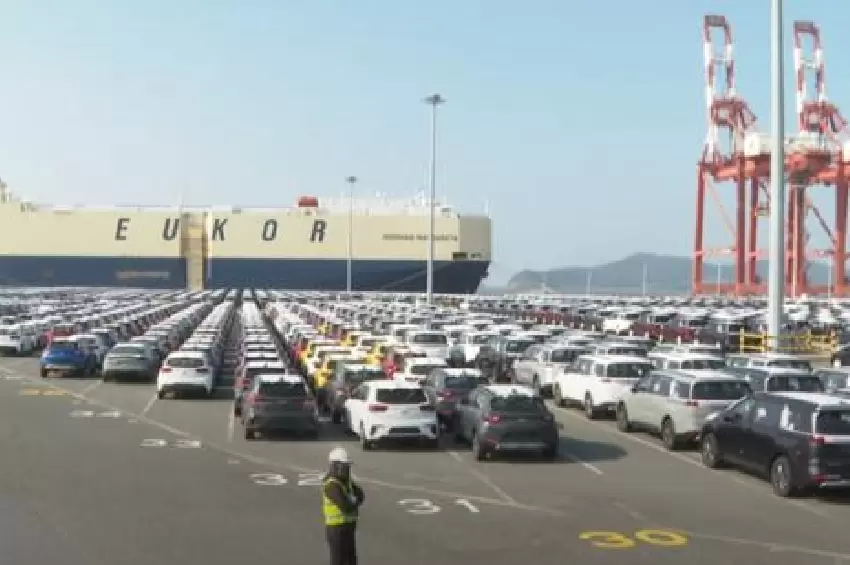



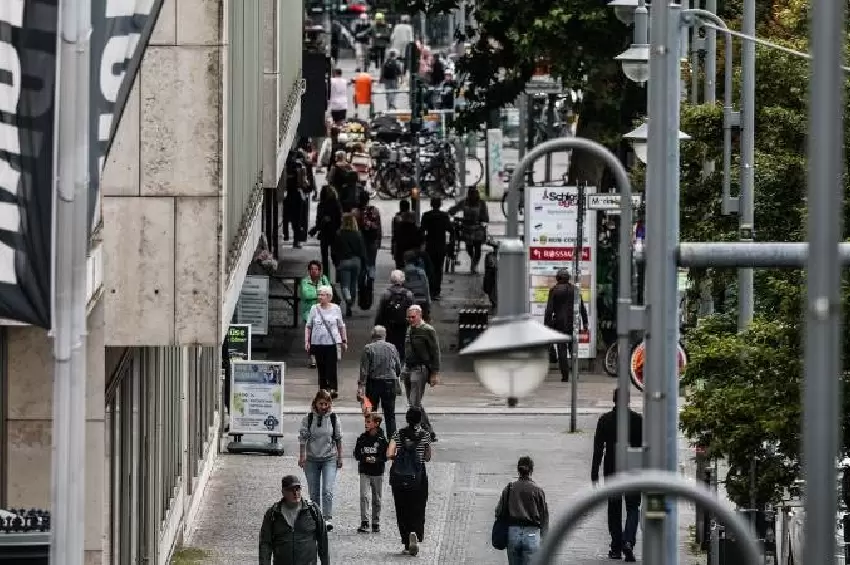
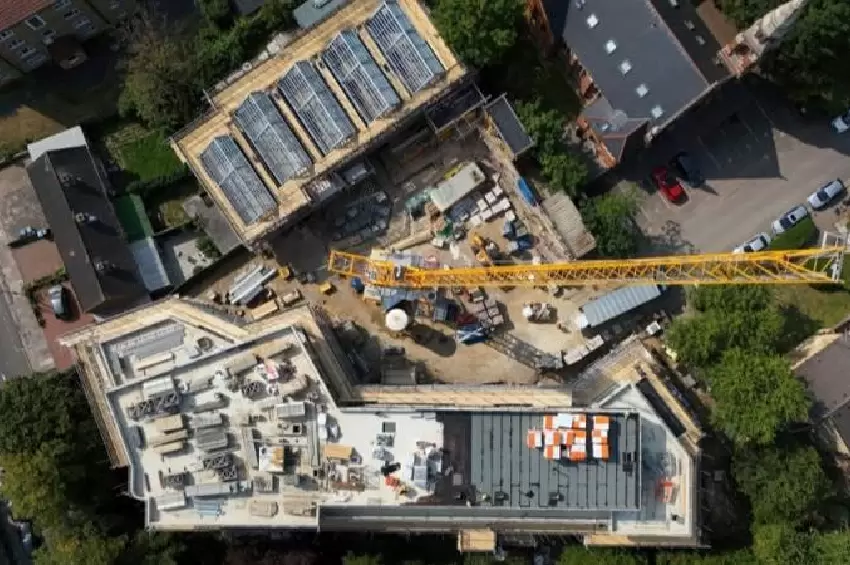
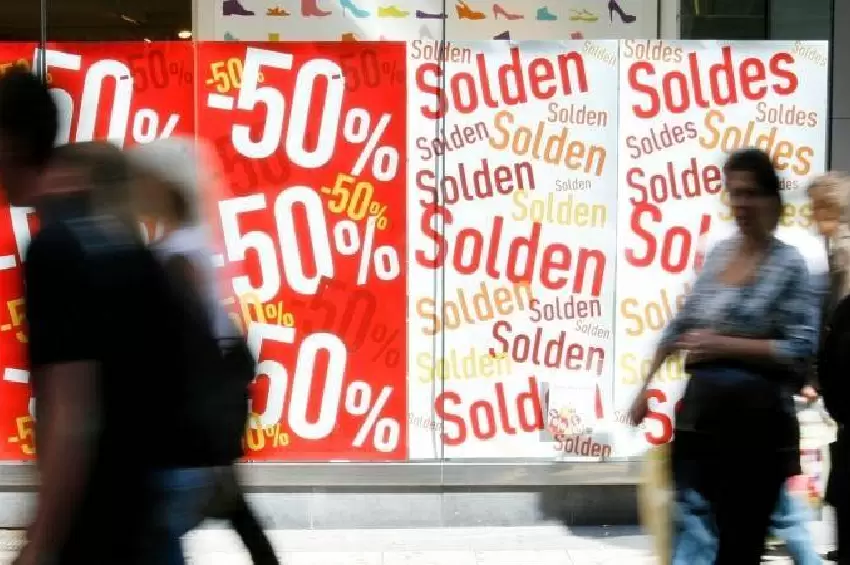
Comments